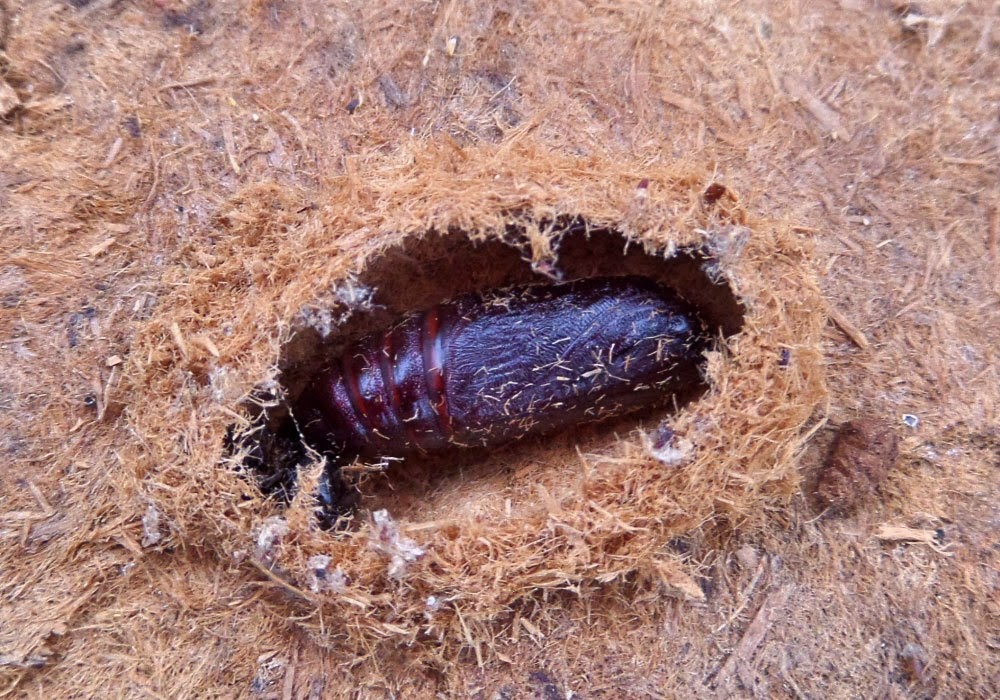With the aid principally of social media in all its aspects
the Pine processionary moth increasingly strikes fear into the population with
all the stories about how dangerous they can be.
There is certainly no denying their harmful nature should
someone or their pet animal come into close physical contact with them or breathe
in their harmful hairs but we mustn’t let this lead us into a panic that
results in the destruction of our other native hairy or web forming caterpillars
that need all the protection that they can get.
The first thing to understand is that Pine processionary
moth nests are always in Pine trees and only rarely in Fir trees. A caterpillar
web anywhere else is a different type of caterpillar.
Secondly, when on the ground they will invariably be found
in the classic processions “nose to tail” and only very rarely as individuals should
they have been blown from the trees by storms.
Thirdly, they will only be found on the ground when Pine or
Fir trees are in very close proximity.
Moving on to a few other web forming species with one that
always causes undue worry and that is the Spindle Ermine Moth that form large
webs on Spindle trees often completely covering them and stripping all the
leaves. This usually occurs in early May when the first leaves are produced and
despite it looking like a disaster zone more leaves are produced when the
caterpillars descend to pupate and the tree busts back into life.
Click on images to expand
Spindle Ermine Moth
Another species that was once very common but now in decline
principally due to hedgerow removal and poor management is the Small Eggar Moth.
The caterpillars form dense webs on
Hawthorn and Blackthorn. Again the host plant recovers once the caterpillars
have descended to pupate.
Small Eggar Moth
Various species of Ermine moth can be found on apple trees
and these again are harmless to the overall health of the tree and humans
although they may cause damage to fruits should the web engulf them.
Ermine moth species on Quince tree
There are of course many hairy caterpillars that don’t form
nesting webs and all hairy caterpillars can cause skin irritation and allergic
reactions but this would normally only be if they came in contact with
sensitive areas of our skin or if someone was unusually sensitive. As children we used to have great fun putting them
down each others shirts to cause itching. However that said they will have no
effect on the harder surfaces of our skin such as our fingers and the palms of
our hands.
I’ll provide a small selection here of some of the more
common species that people are likely to come across and I can't emphasise enough the need to care for all our native species that are struggling so much. Without caterpillars and moths a huge number of other species will starve without enough to eat. One Blue Tit chick alone can eat up to 100 caterpillars a day.
Brown Tail Moth
Fox Moth
Garden Tiger Moth
Garden Tiger Moth
Oak Eggar Moth
Pale Tussock Moth
Chris






















































